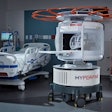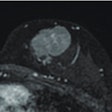MR brain imaging and recordings of brain activity through electroencephalography (EEG) could help identify children who are at greater risk for epilepsy later in life, according to a study published online on November 7 in Neurology.
The Consequences of Prolonged Febrile Seizures in Childhood (FEBSTAT) study, funded by the U.S. National Institutes of Health, found that within days of a prolonged fever-related seizure, some children have signs of acute brain injury, abnormal brain anatomy, altered brain activity, or a combination of these conditions.
Previous research estimates that the risk of later epilepsy is 30% to 40% following febrile status epilepticus (FSE), a seizure or series of seizures that can last from 30 minutes to several hours.
Within days of FSE, approximately 200 children in the study received MRI and EEG scans. The MR images revealed that FSE is sometimes associated with abnormalities in the hippocampus. Of 191 children with FSE, 22 (11%) had signs of hippocampal injury on MRI and 20 (10%) had developmental abnormalities of the hippocampus.
Abnormal MRI results were rare among children with simple febrile seizures, which lasted 10 minutes or less. Of 96 children with such seizures, only two (2%) had developmental abnormalities of the hippocampus and none had signs of brain injury.
In addition, 45% of the children with FSE had abnormal EEG findings, and those with evidence of acute brain injury after FSE were more than twice as likely to have abnormal EEG findings.

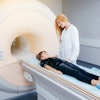

.fFmgij6Hin.png?auto=compress%2Cformat&fit=crop&h=100&q=70&w=100)
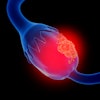
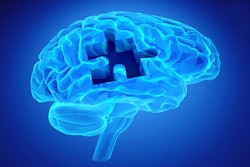
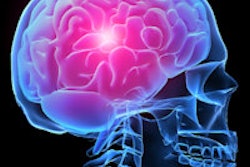
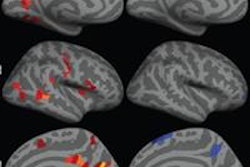
.fFmgij6Hin.png?auto=compress%2Cformat&fit=crop&h=167&q=70&w=250)




